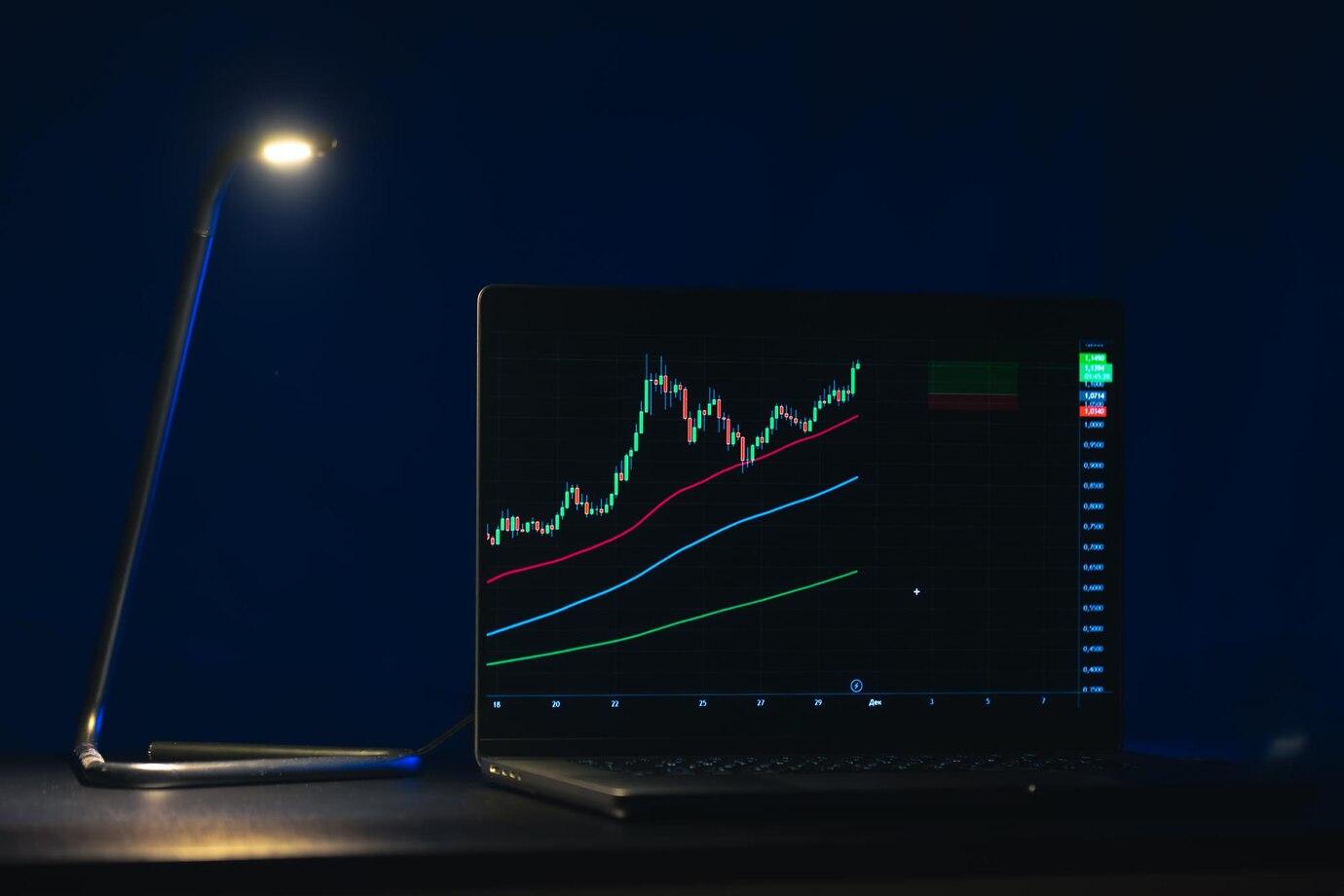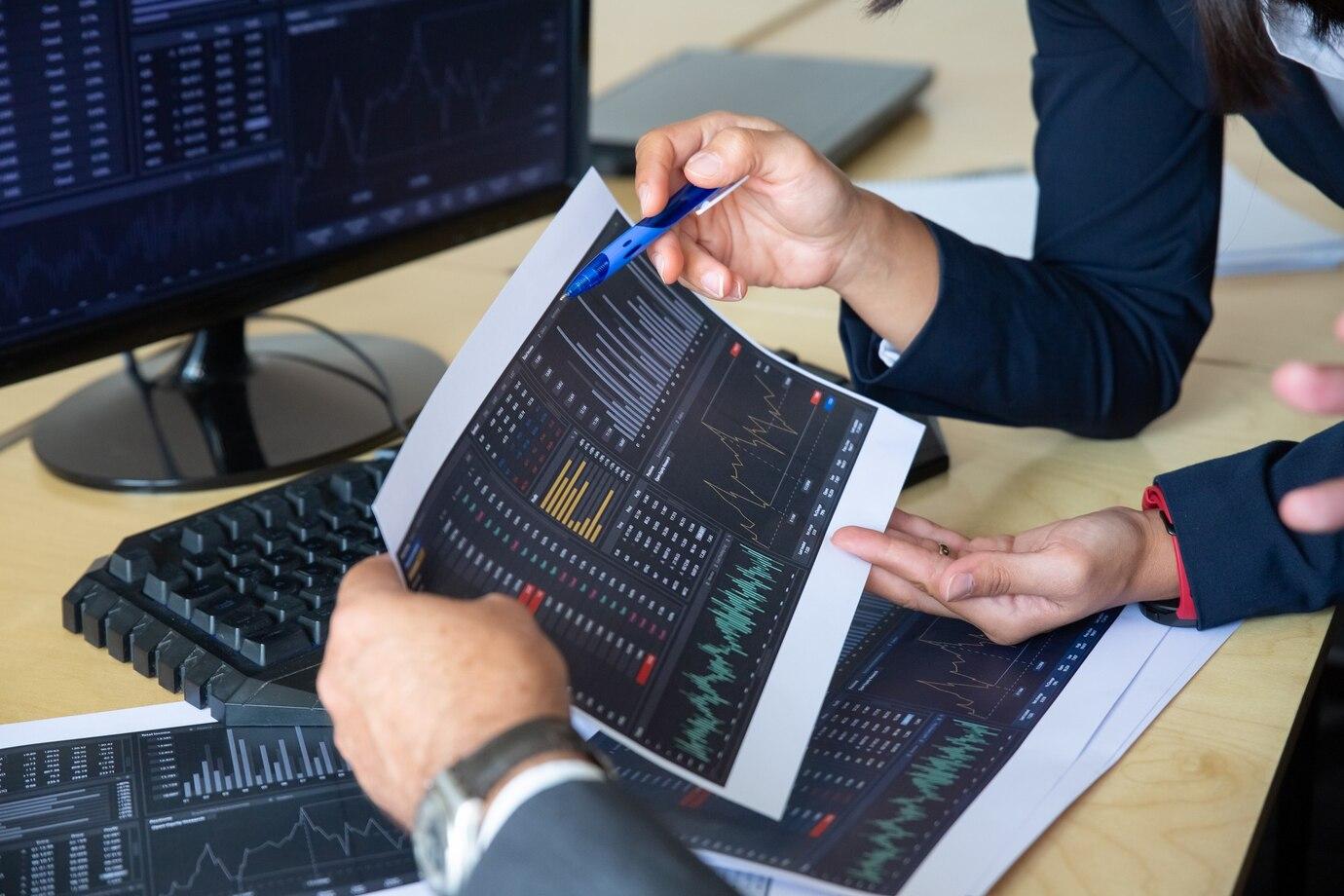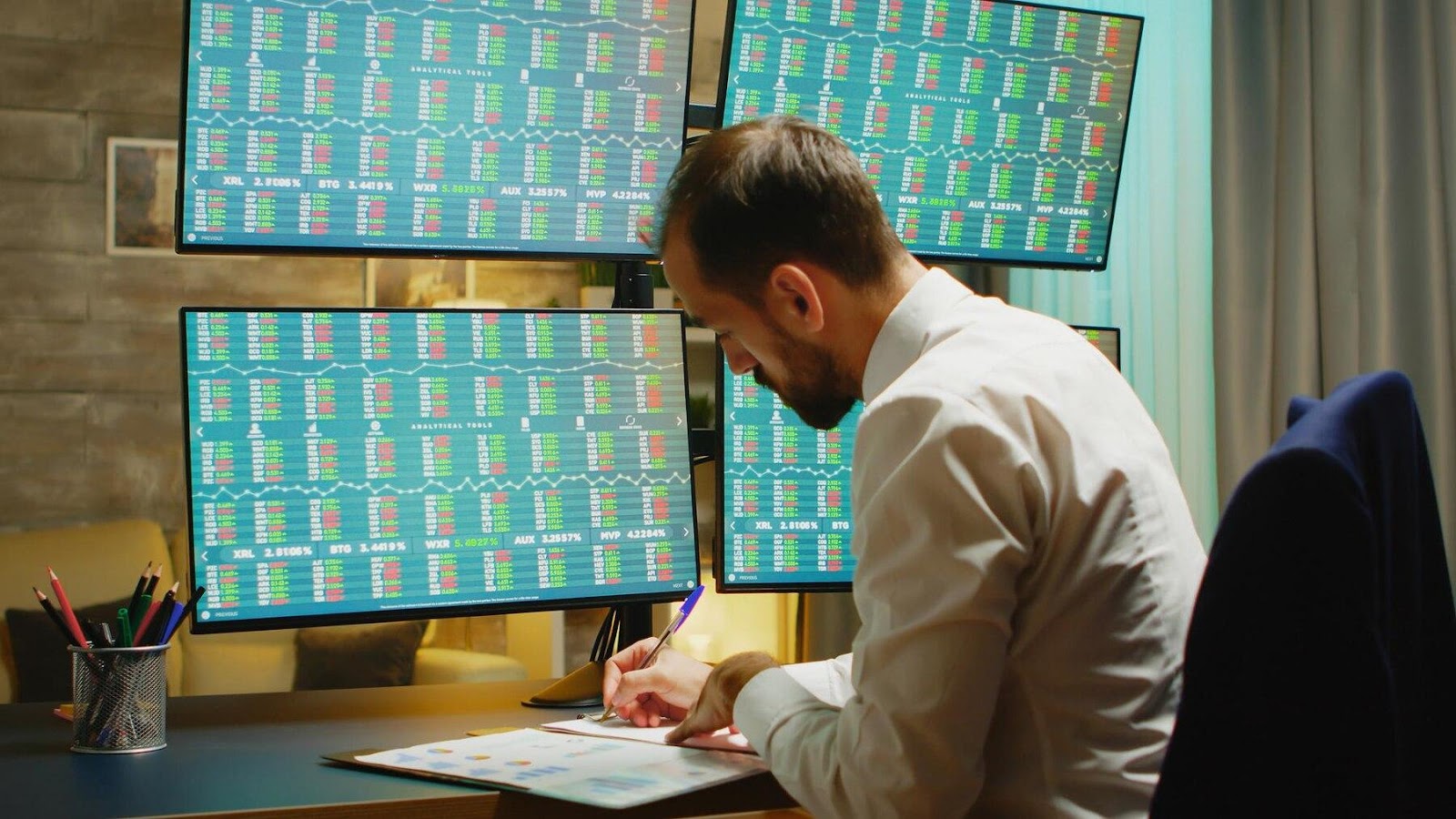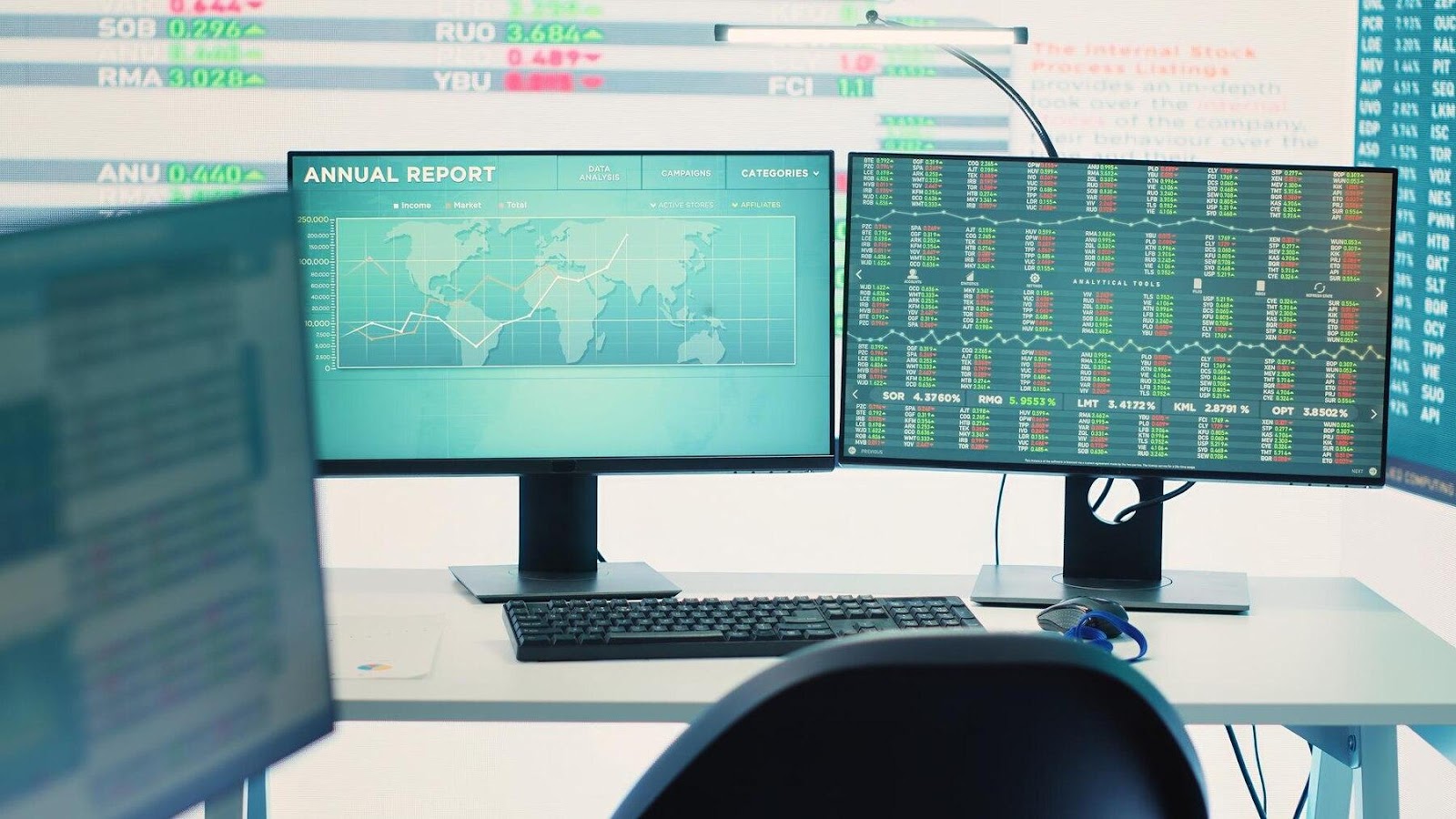The stock market attracts many investors, promising profits and financial independence. However, along with opportunities, it also carries risks, including fraud risks. Fraudsters use increasingly complex and cunning schemes to deceive unsuspecting investors.

Understanding the Stock Market and Its Vulnerabilities
The stock market is a system where investors buy and sell company securities for profit. It operates based on supply and demand, but there are other factors that can lead to manipulation and fraud. Misbehavior of participants can harm both the market's reputation and the investors themselves.
Unfortunately, the high liquidity and global nature of stock markets make them particularly vulnerable to deception. Fraudsters use sophisticated strategies to manipulate prices or create the illusion of sustainable growth, highlighting the importance for investors to be aware of potential scams.

Main Types of Financial Frauds
Having understood the basic concepts, it is worth delving into the most common fraud schemes in the stock market.
Pump and Dump
One of the most well-known schemes is "pump and dump." Fraudsters artificially boost the price of a security using false or misleading information. Once the price reaches a critical level, they sell their shares for a profit, while honest investors lose money as the stock price plummets.
This scheme requires fraudsters to actively participate in social media, forums, and other communication channels, making it particularly dangerous for inexperienced investors. The most important thing here is not to fall for "hot" tips to "earn" on a particular stock, especially when it comes to illiquid companies.
Fake Investment Platforms
There are fraudulent platforms that offer investors the opportunity to earn high profits with minimal risks. They may look very professional and deceptively attractive. Such sites often use fake reviews and certificates to create an appearance of legitimacy.
Before investing money, it's important to check the platform's reputation. You can start by searching for information online and reading reviews from other investors. Always check for licenses and permits to operate.

How to Protect Yourself from Investment Scams
Now that we are familiar with common fraud schemes, we need to discuss protection methods. The most important thing is to learn to recognize traps and approach investments with a cool head.
Education is the Key to Success
The best way to protect yourself from fraud is knowledge. Education in finance and investments will help you understand how the market functions and how to identify potential fraud schemes. Active self-education will help you develop critical thinking and better analyze information.
It is recommended to read books, articles, and research papers on finance and investments. Alternatively, you can enroll in online courses that teach the basics of the stock market and investment strategies.
Verify Information
Before investing, thoroughly verify the information. This includes studying the company, founders, and statistics, as well as analyzing reviews and opinions about it. If something alarms you, it's better not to risk your money.
The advice is enough to outline some important steps. For example, consider consulting a professional financial advisor who can provide evidence-based advice.
Diversification of Investments

One of the main principles of investing is diversification. This helps distribute risks among different assets and industry sectors, which is important for protecting your investment portfolio. If one stock starts to fall, you still have other assets that can maintain balance in your investments.
Increased Attention to Potential Risks
Investors are often attracted by the possibility of quick and high profits. However, it is necessary to remember that behind every successful investment there are its own risks. Fraudsters often use human psychology to manipulate them. Therefore, it is important to remain vigilant and not succumb to the pressure of others.
Set Limits
It is important to set clear boundaries for your investments. You should decide in advance the amount you are willing to risk and stick to this limit. This will reduce the likelihood of losses and help manage your emotions in case of failure.
Constant Monitoring
Don't forget to regularly monitor your investments and stay informed about events in the stock market. Follow the news published about the companies you invest in. This will help you quickly respond to changes and make informed decisions.

Conclusion
Financial frauds are a serious threat to investors in the stock market. Awareness of common fraud schemes and actively gaining knowledge about investments are key to protecting your funds. Do not forget about the necessity of constant information verification and overall attentiveness to potential risks. Remember that good investments require time, patience, and careful preparation. Invest fearlessly and safely, only by understanding all the features and risks, to avoid falling into the trap of fraudsters.